The very dry summer of 2014 turned into the dry fall of 2014, just as the very dry summer of 2013 became the dry winter of 2013.
The very dry winter of 2014 became the dry spring of 2015 and now we’ve hit the very dry summer of 2015.
California’s in a severe drought. That’s news that isn’t news anymore.
Almost a decade ago, The UNIPCC predicted increasing and more severe wildfires for all of the western states. They also predicted unpredictability. What does that mean? The upshot is that climate forcing is going to bring extreme weather situations everywhere. Their most recent report talks about severe climatic events across every ocean and on every continent. Urban, rural, everywhere, all environments seem to be dealing with something horrific. Of course, poor people are going to feel the impact more and more suddenly than anyone. Deaths up; food security down. Coastal flooding is a fact of life in many parts of the world now, even creating “climate refugees” in some parts of the world.
We can already see differences in weather-disaster impacts upon rich and poor, young and old (and very young), healthy and sick, and men and women.
We have seen killer heat waves in Europe, terrible and widespread wildfires in Australia and the United States, severe droughts around the world, with associated drying up of Pleistocene aquifers, Earth’s precious groundwater.
We’ve seen flooding across the globe with parts of Asia and Africa extremely hard-hit. Record-breaking and often unexpected flooding has been occurring in the United States as well.
I think about this stuff a lot…maybe because I’ve studied it most of my adult life. I don’t particularly want to think about it. Maybe I’d rather think about beautiful fields of wildflowers or the sunset or the ocean with tides rolling in.
Even when I was doing lots of field archaeology, I had to consider it. As a paleoethnobotanist, I had to look at human subsistence patterns. How can you do that, write about it, and not extrapolate into what’s going on today? Or what the future may look like?
This weekend wildfire has been on my mind.
At the risk of exaggerating a bit, my town is on fire. The photo below was taken several miles from my place.
My town isn’t exactly a town, yet to anyone who lives here, well yes, it is. It’s the town we live in. It’s not incorporated; it’s a large tract of semi-rural county land in the southwestern Mojave Desert.
This happened on Interstate 15, less than 20 miles from my home.
Be sure to watch the video of the fire jumping Interstate 15, complete with exploding gas tanks and at least a score of burned out cars and two burned up semis. I couldn’t get it to embed in this post; it’s worth watching, it says a lot about the era of wildfires we’ve entered. Hollywood couldn’t improve on the imagery.
All of that action was less than 20 miles from my little farm. At one point, the fire looked like it was in our backyard. We could periodically see flames until the smoke covered everything. The fire line, I think, was maybe 10 miles away by yesterday evening.
My property was not in danger, but people near me were packing in case of evacuation. We were on the north side of the evacuation zone.
This was a very, very fast moving fire.
It was in chaparral which is a plant community that is specifically fire-adapted. Chaparral burns by nature. It needs to burn to keep growing. Some of the most beautiful places in southern California are covered with chaparral plants. People want to build houses there. We’re in a severe drought. Stands to reason that this might happen.
Still, it’s horribly fearful and tragic.
The UNIPCC continues to say increasing wildfires in the US West and other arid and semi-arid parts of the world are part of our new normal.
Continual wildfire.
I’ve been wondering since this current drought became apparent whether we might not enter a time of continual wildfire. Will fire season spread across the calendar and just become an ever-present risk in parts of California?
The place I’ve been calling home for over 30 years is seriously understudied. I’ve seen that as an archaeologist, as a drylands farmer, and in every way I could possibly see it.
Those of us who have been drawn, for our various reasons, to live here find one another and cluster. We may have nothing in common beyond living in this rather wild place, but we look at each other and already feel like we know something about the other person. It’s probably an illusion, but we entertain it.
We live in the midst of some huge presence. 25,000 square miles of endless sky, blowing dust, continual wind, wildfire in the hills, weird plants, and howling coyotes.
At night the stars spin over us.
The night sky can make me delirious, even after all of this time.
In the daylight sometimes it can feel as though there is nothing but us and that huge bowl of a sky. And the ravens.
Sometimes the winds trouble me. I say it. Some of my older kids say it. Other old timers say it. (God, when did I become an old timer?)
The winds have increased. They blow more often and they are stronger. There is a new normal for the winds in the southwestern Mojave. New residents can’t see it. Meteorologists and climatologists don’t often talk about it.
What is this tiny piece of knowledge worth, really? The winds in the Mojave have increased in strength and duration? Not much, unless you deal with them in a hands-on way on a daily basis.
So that’s that.
I’ve spent nearly 35 years living here and I’ve gained nearly 35 years worth of local knowledge.
I continue to wonder whether I might want to leave.
I’ve said it before. A lot.
I tend to say it a lot during the hot months. During fire season.
It’s not an easy choice. So much of my life has been here. This indecision reminds me of my marriage. In this case, there’s a big difference. I doubt the desert will make the decision for me. I’m going to have to decide.
The desert is honest with me, that part is different, too.
I’m not very good at voluntary endings. I’m not inclined to be a bridge burner.
But the desert isn’t asking me to burn any bridges.
I finally know what a burned bridge looks like. I’m beginning to understand what it feels like. Well, more or less. And maybe I’m ready to leave.
I can’t really say right now.
Talk to me when the fire’s out. Better, talk to me when summer is finally over.

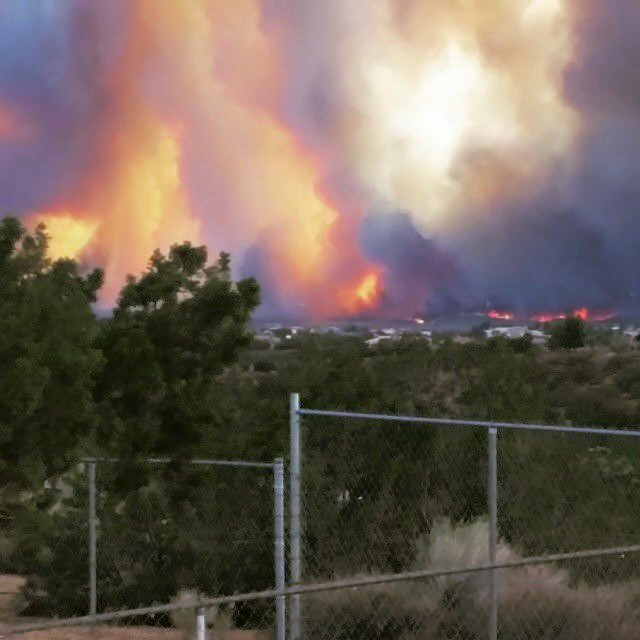
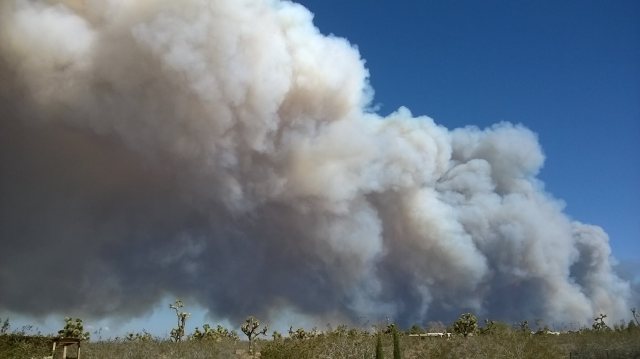
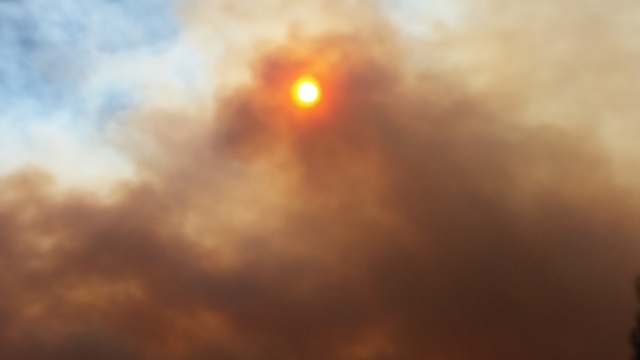
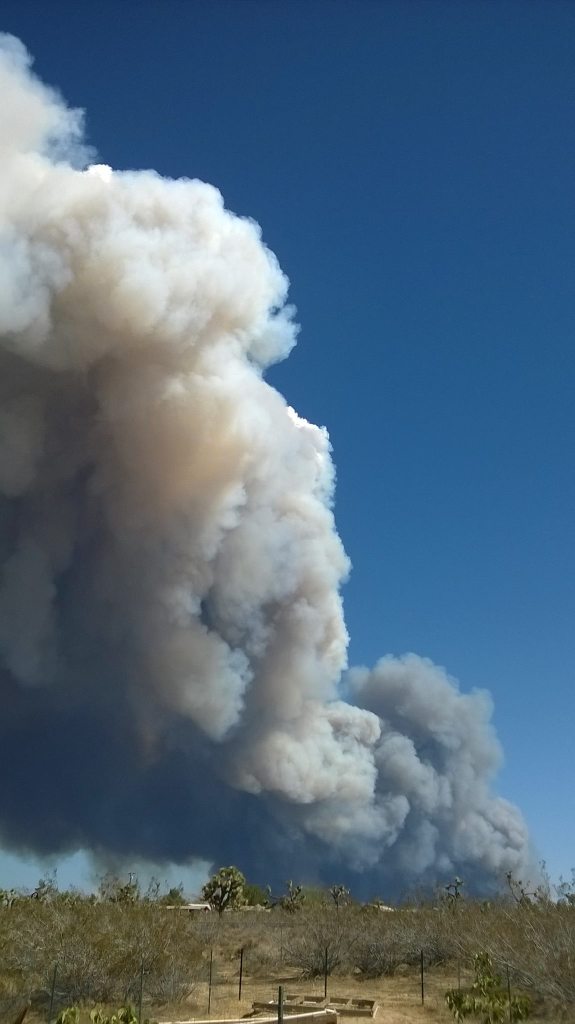
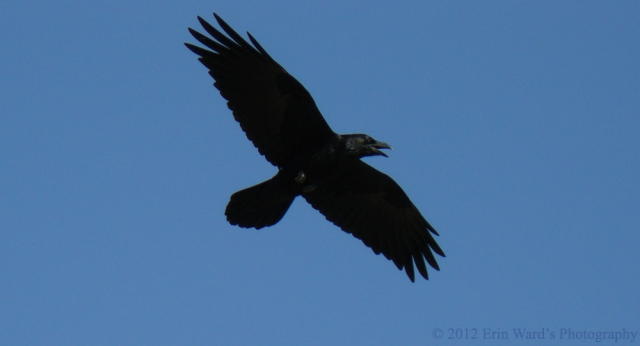
My daughter can’t walk; I drive with wheelchairs, usually taken apart, in the car. When I read of the people running away from the freeway, I immediately wondered what the hell I would do. I’ve already been through a version of this on my own property—a spark from a mower. Life in California used to seem very different. I grew up in the Midwest. Harsh winters. Green summers.
Lots of water.
Oh A, it would be terrifying under those circumstances. The freeway video was horrifying just as it was. Just a few miles fro me – I drive that stretch of the interstate so often. I know about California wildfires, I’ve driven through wildfires right along the freeways, and those images scared me. I grew up mostly along the edge of Lake Erie. It was so different. I think about those Lakes so often these days.
This is a powerful and eerily beautiful post. The photos are astounding as is your voice.
Thanks, Elizabeth. Oh what a week.